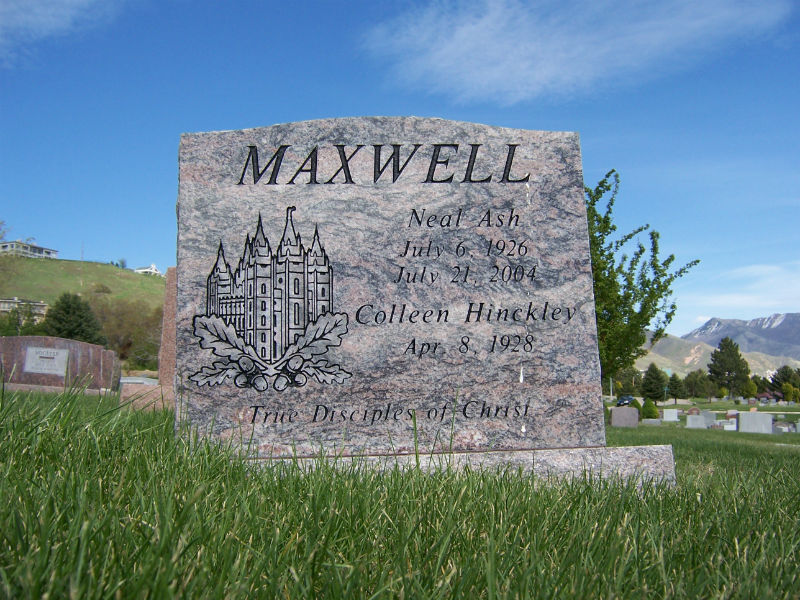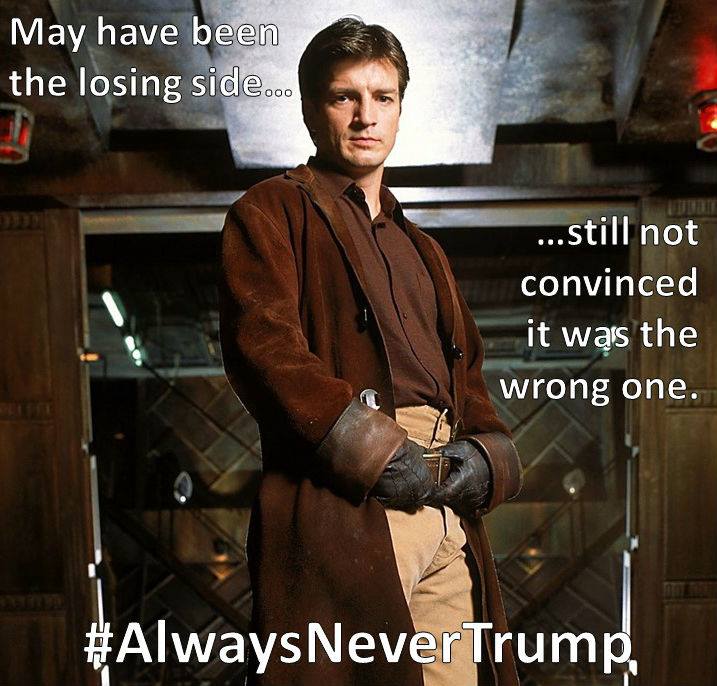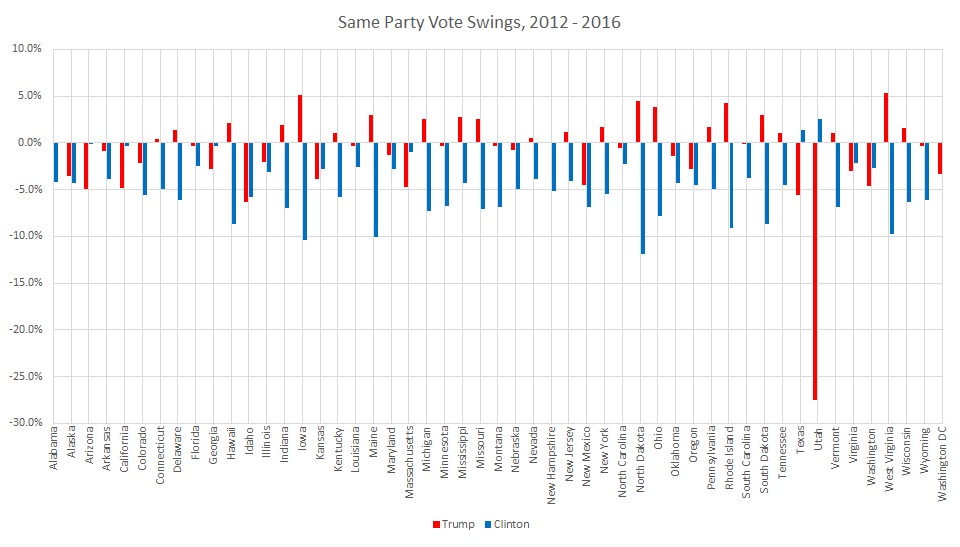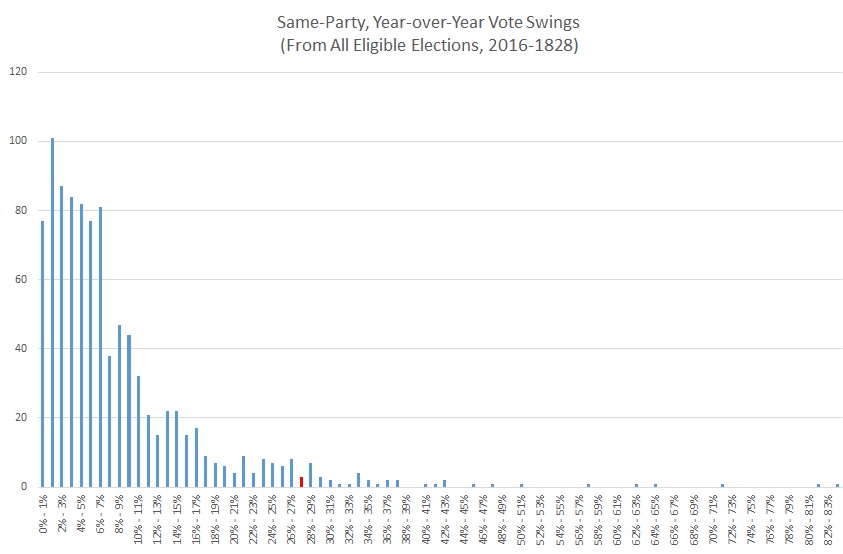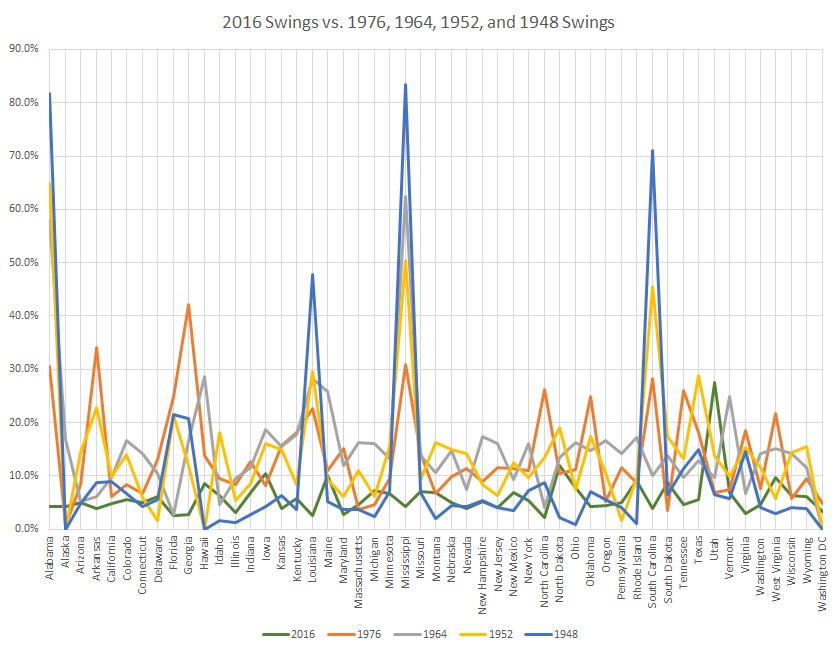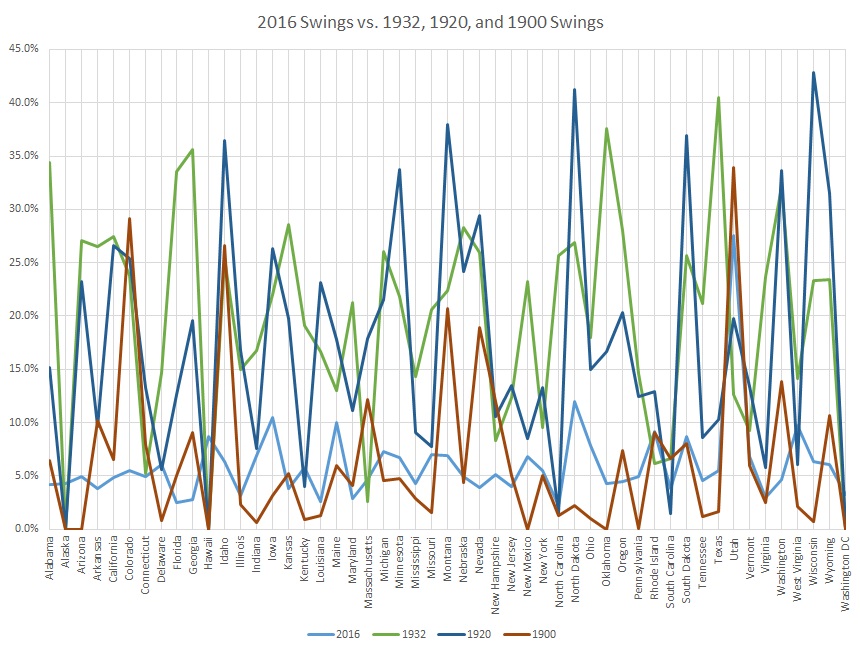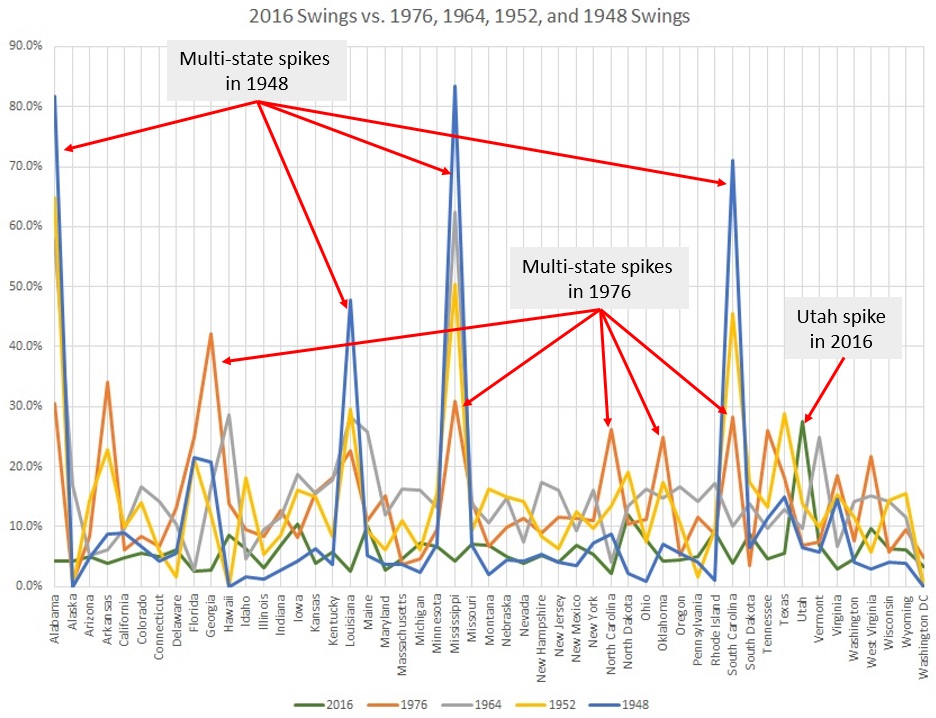
This post is part of the General Conference Odyssey.
In his talk Be Valiant in the Fight of Faith Elder McConkie is unabashed in his embrace of the rhetoric of war. “Be valiant,” he says, “Fight a good fight. Stand true. Keep the commandments. Overcome the world.” And lest you think that words like “fight” and “overcome” are too subtle to be conclusive, a couple of paragraphs later he is even more clear:
As members of the Church, we are engaged in a mighty conflict. We are at war. We have enlisted in the cause of Christ to fight against Lucifer and all that is lustful and carnal and evil in the world. We have sworn to fight alongside our friends and against our enemies, and we must not be confused in distinguishing friends from foes. As another of our ancient fellow apostles wrote: “Know ye not that the friendship of the world is enmity with God? whosoever therefore will be a friend of the world is the enemy of God.”
This kind of us-vs-them logic is not very popular these days, but Elder McConkie was not shy about it, stating:
We are either for the Church or we are against it. We either take its part or we take the consequences. We cannot survive spiritually with one foot in the Church and the other in the world. We must make the choice. It is either the Church or the world. There is no middle ground. And the Lord loves a courageous man who fights openly and boldly in his army.
I want to make a couple of observations about this. First, it would be a mistake to write off the strong language of Elder McConkie as peculiar to his personality or to the particular time (the Cold War 1970s). The black-and-white view is not unique to his writing. It is a pervasive strain within scriptures. The quote above (“Know ye not that the friendship of the world is enmity with God?”) comes from James 4:4. Another stark example comes from Nephi: “Behold there are save two churches only; the one is the church of the Lamb of God, and the other is the church of the devil.”[ref]1 Nephi 14:10[/ref] And of course Jesus himself made the same kind of dichotomy, as in “If ye were of the world, the world would love his own: but because ye are not of the world, but I have chosen you out of the world, therefore the world hateth you.”[ref]John 15:19[/ref]
Second, we don’t need to water down these stark statements to avoid crazy extremism like occupying federal buildings. The war is real, but it is “not against flesh and blood, but against… spiritual wickedness in high places.”[ref]Ephesians 6:12[/ref] Or, to cite a couple of non-scriptural sources, we’ve got Sirius Black declaring, “the world isn’t split into good people and Death Eaters. We’ve all got both light and dark inside us.” Or, even more eloquently, Aleksandr Solzhenitsyn:
If only it were all so simple! If only there were evil people somewhere insidiously committing evil deeds, and it were necessary only to separate them from the rest of us and destroy them. But the line dividing good and evil cuts through the heart of every human being. And who is willing to destroy a piece of his own heart?
There is a war. In that war there are only two sides. At any time, a person is fighting for either the light or for the dark. We do not need to mitigate or explain away or rationalize the teaching that the world is at war, but we do need to understand it.
So, what is the point? If we’re in a war, but that war is not like a historical war with armies and swords or guns, then what’s the point of talking about war? One of the best explanations of this comes from one of my all-time favorite blog posts: The Military Mental Model of Mormonism. In it, MC explains precisely why viewing the conflict as a war is practically relevant in our day-to-day lives, and contrasts the “military mental model” with the “schoolhouse model.” Neither is the complete and total truth—the struggle of our mortal existence does involve leaning—but the military mental model has some particular insights that make it indispensable. I strongly urge you to read the entire post, but I’ll just summarize one of MC’s points (he makes three) which is that the military mental model answers the question: “Am I really going to be kept out of heaven for drinking coffee/wearing a bikini/watching vulgar movies? Is God really that uptight?” MC explains that:
… in the military model it’s a silly question. “I’m really going to get killed for not wearing my helmet during our transport to the base?” Maybe you will, maybe you won’t; depends whether you get attacked along the way or hit a roadside bomb. The rule is there to protect you, not to evaluate you. There will likely be many bikini-wearers in the Kingdom of Heaven (well, former bikini-wearers). But not everyone who makes the choice to dress immodestly will find that decision to be so free of spiritual consequences, as “way leads on to way.” It’s not fair. One guy never wears his helmet and never gets hit. The other takes it off just for a second to wipe his sweat and takes a bullet. That’s war. [emphasis added]
Lastly, I think it’s abundantly clear that Elder McConkie understood all of this, which is why the practical side of his talk is about self-examination. He doesn’t talk about how to identify if someone else is on the right side or not, but how to question if we ourselves are fighting valiantly with a long list of questions we are to use to gauge our own place in the war, not anybody else’s.
My approach to reading the council of prophets and general authorities is simple: I’m greedy about it. I don’t want to pick and choose. To the extent possible, I want to synthesize all of it into a single, cohesive, harmonious world-view: the scriptures, the General Conference talks, my personal experiences and beliefs, and everything I learn or think I understand about science, philosophy, history, psychology, and everyday life. I don’t have containers or boundaries: I want to incorporate it all.
It’s a tricky, error-prone process, and it’s never finished.[ref]Not in this lifetime, anyway.[/ref] There are always pieces that don’t fit quite right where I’ve placed them, pieces left over with no place to go, and holes in the model I’m building with no pieces that seem to fit there. The errors come from lots of places. Even if we believed scripture were absolutely perfect,[ref]As Mormons, we don’t.[/ref] I would still have to interpret and apply the words I read, and that introduces errors due to my own imperfections and limitations. Add to that the fact that the scriptures were written in languages I don’t know for audiences of cultures that are alien to me, and you can see how my problems multiply. Then, for good measure, toss in the fact that these leaders[ref]I’m thinking of General Conference talks in particular now[/ref] aren’t perfect and, for that matter, are given general rather than specific council.
All of this means we have plenty of excuses to set aside the council that seems outdated, naïve, or even embarrassing. I get it. All I can say is: stay greedy. Hold onto as much of it as you can. And the parts that don’t make sense just yet; set them aside if you must for the time being, but don’t discard them and don’t give up on the hope of one day seeing things in a new light and being able to make sense of them after all.
—
Check out the other posts from the General Conference Odyssey this week and join our Facebook group to follow along!
- The Savior’s Program for Caring for the Aged by G
- Satan’s Triumph by Daniel Ortner
- Predominant Message: Family by Jan Tolman
- Be and move and breathe and think by Marilyn Nielson
